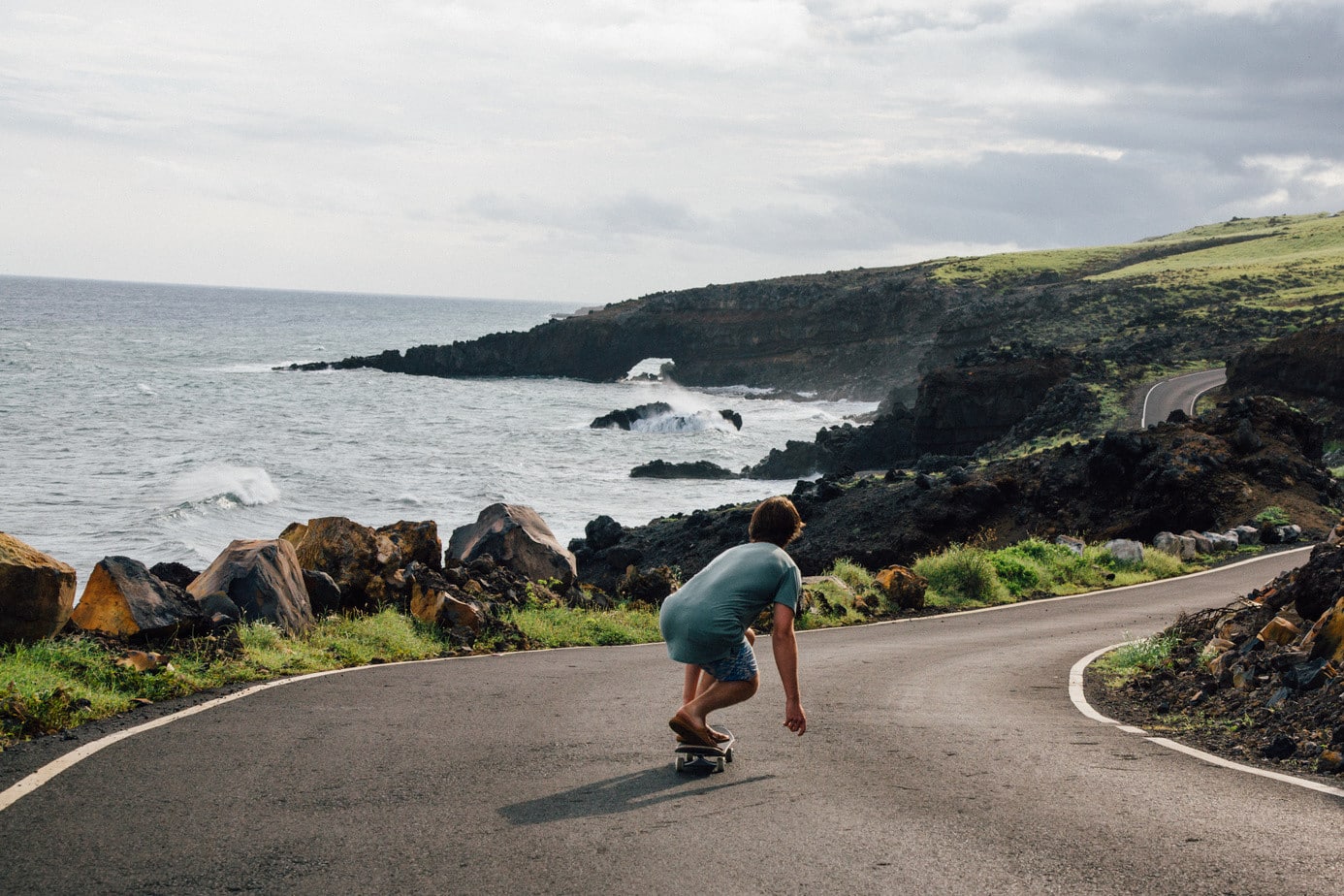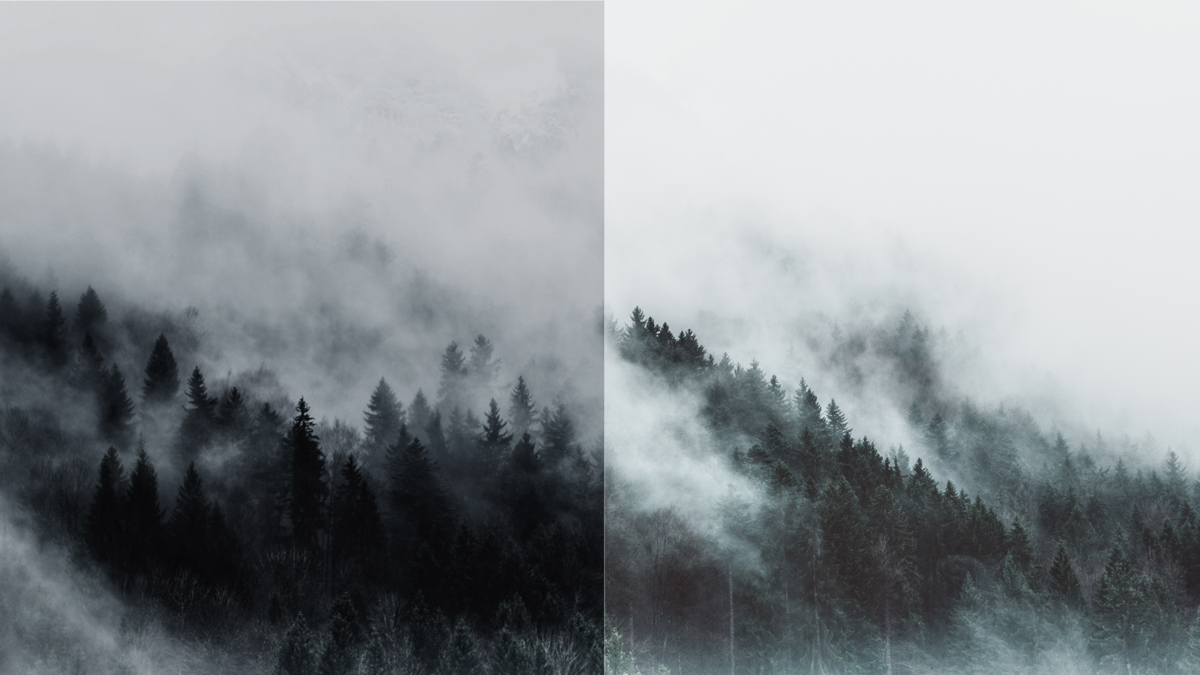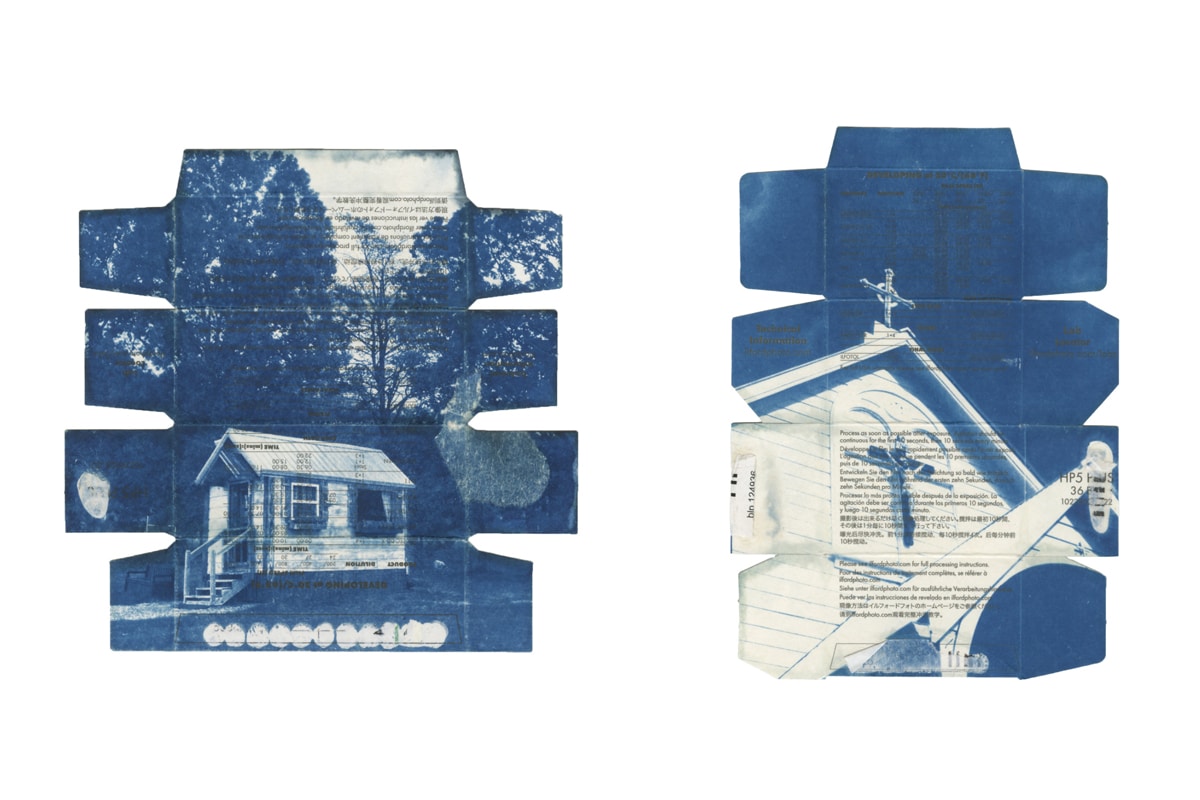With 500 million active users, Instagram has revolutionized the path to gaining notoriety for amateur and professional landscape photographers alike. By providing a free platform that distributes your photos on cell phones and desktops rather than at exhibitions and galleries, Instagram has created an unprecedented scale of interconnectivity between people who take, and view, photographs.
Yet the secret to achieving expansive popularity as an Instagram photographer is difficult to uncover. When you strip away celebrity, sex appeal, and branding, breaking down recipes for the popularity of those Instagrammers who’ve seemingly “made it” on artistic strength alone is challenging. Indeed, photos that are considered powerful in traditional, pre-social media photography circles often don’t mirror what garners hundreds of thousands of followers online.
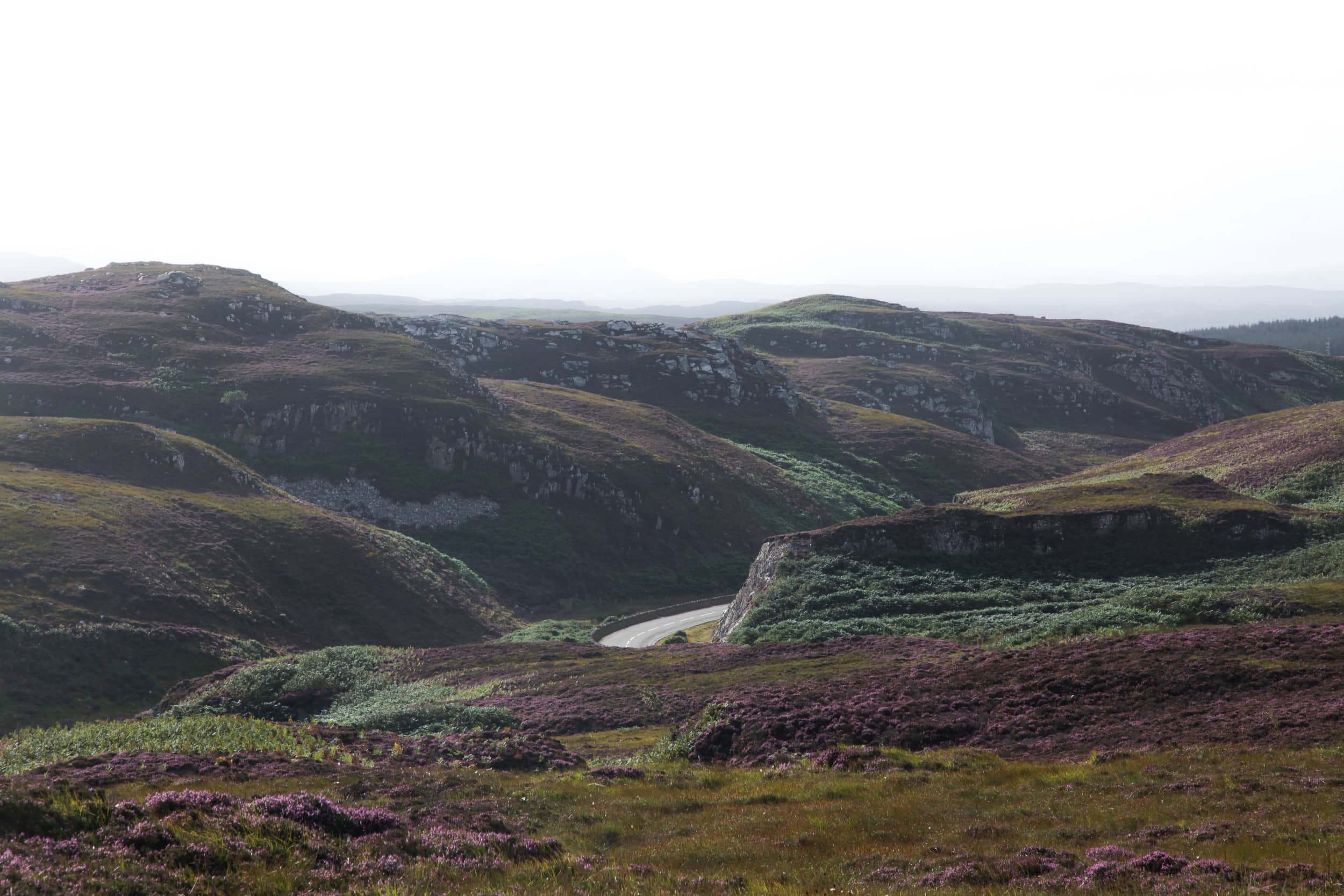
Photo by Richard Gaston @richardgaston
Could tapping into our affinity towards nature and urge to photograph it be a secret to Instagram success?
That said, there is one pillar of photographical tradition that stands out among Instagram’s most popular accounts: landscape photography. We all see these majestic landscapes on our feeds—grand mountainscapes wreathed in mist, foamy electric blue tides curling onto burgundy-hued rock formations, and cliff-hanging medieval Italian villages overlooking a million sale boats. The colors are phantasmagorical, the light is ethereal, and any accessories look like props from a Jamie Oliver cookbook photo shoot.
“Instagram-style” landscapes are heavily manipulated in the editing process and favour hugely boosting contrast, adjusting color saturation, and diminishing and heightening specific areas of the image to emphasize natural beauty. But, when it comes down to it, we like Instagram landscapes for the same reasons we like any landscapes: because they’re beautiful.
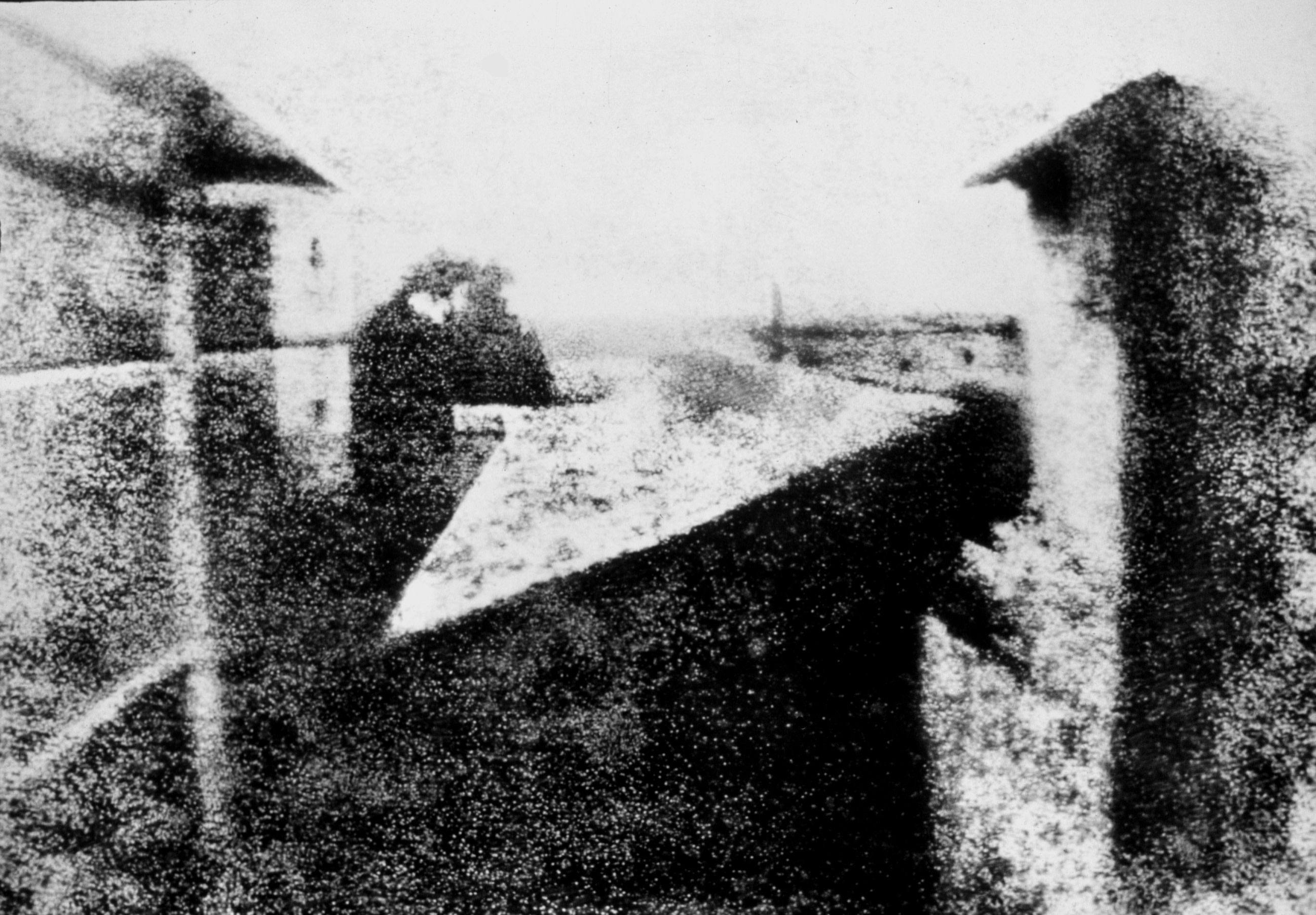
Our history of being captivated by landscape photographs goes all the way back to photography’s humble beginnings. French inventor Joseph Nicéphore Niépce is credited with taking the first-ever photograph around 1826, depicting the landscape surrounding his estate in Burgundy, France. Niépce created “View from the Window at Le Gras” by coating a pewter plate with a light-sensitive solution called bitumen of Judea and placing it in a camera facing the landscape for eight hours. He then used a lavender and petroleum wash to dissolve the bitumen not hardened by light exposure, leaving behind the image.
Later that century, William H. Jackson’s landscape photographs of the American West proved instrumental in forming the U.S. national parks system. Venturing out from his native Nebraska with mules in tow loaded with camera components, Jackson reached Yellowstone in 1871. There he photographed the astounding beauty of some of today’s most cherished landscapes, resulting in the establishment of Yellowstone National Park the following year.
Aestheticians such as Angelika Krebs of the University of Basel argue that beautiful landscapes are essential to a good life. Her research on the philosophy of natural aesthetics suggests that photos like Jackson’s succeeded in swaying political will because such landscapes are instrumental in making us “feel at home in the world.” Could tapping into our affinity towards nature and urge to photograph it be a secret to Instagram success?
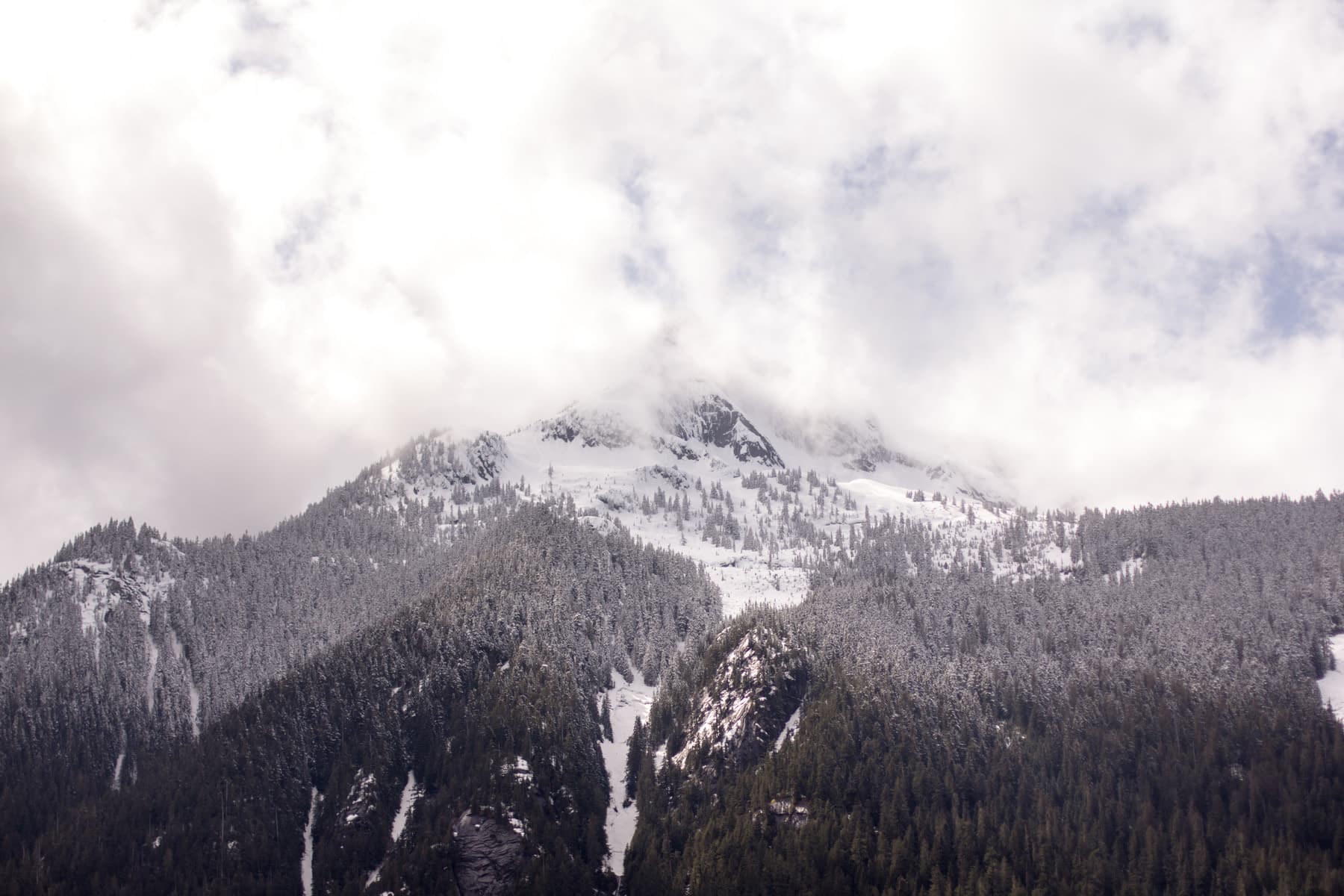
Photo by Scott Rankin @othellonine
Out of the 100 users, 37% posted mostly landscapes, 18% posted landscapes around half the time, 17% posted mostly portraits, and 26% predominately posted images falling into miscellaneous categories such as textures, street art, and gimmicks.
For the purposes of this article, statistical analysis of 500 million Instagram accounts was impractical. To get a snapshot of what people are following and to what degree, I conducted a quick survey of 100 photographers with over 50k Instagram followers (roughly .06% of the total 150,000 accounts with this level of popularity). I compiled my sample from 15 lists of must-follow Instagram photographers recently published by major media outlets such as Time Magazine, Forbes, The Huffington Post, and The Guardian. Out of the 100 users, 37% posted mostly landscapes, 18% posted landscapes around half the time, 17% posted mostly portraits, and 26% predominately posted images falling into miscellaneous categories such as textures, street art, and gimmicks. These results indicate that Instagram landscapes are popular among photography journalists, who are said to influence the taste of their readers.
But even if people do tend to favour landscape photography on Instagram, that doesn’t always correlate with the photographer’s success in the real world. What people will “follow” is not necessarily what people will buy.
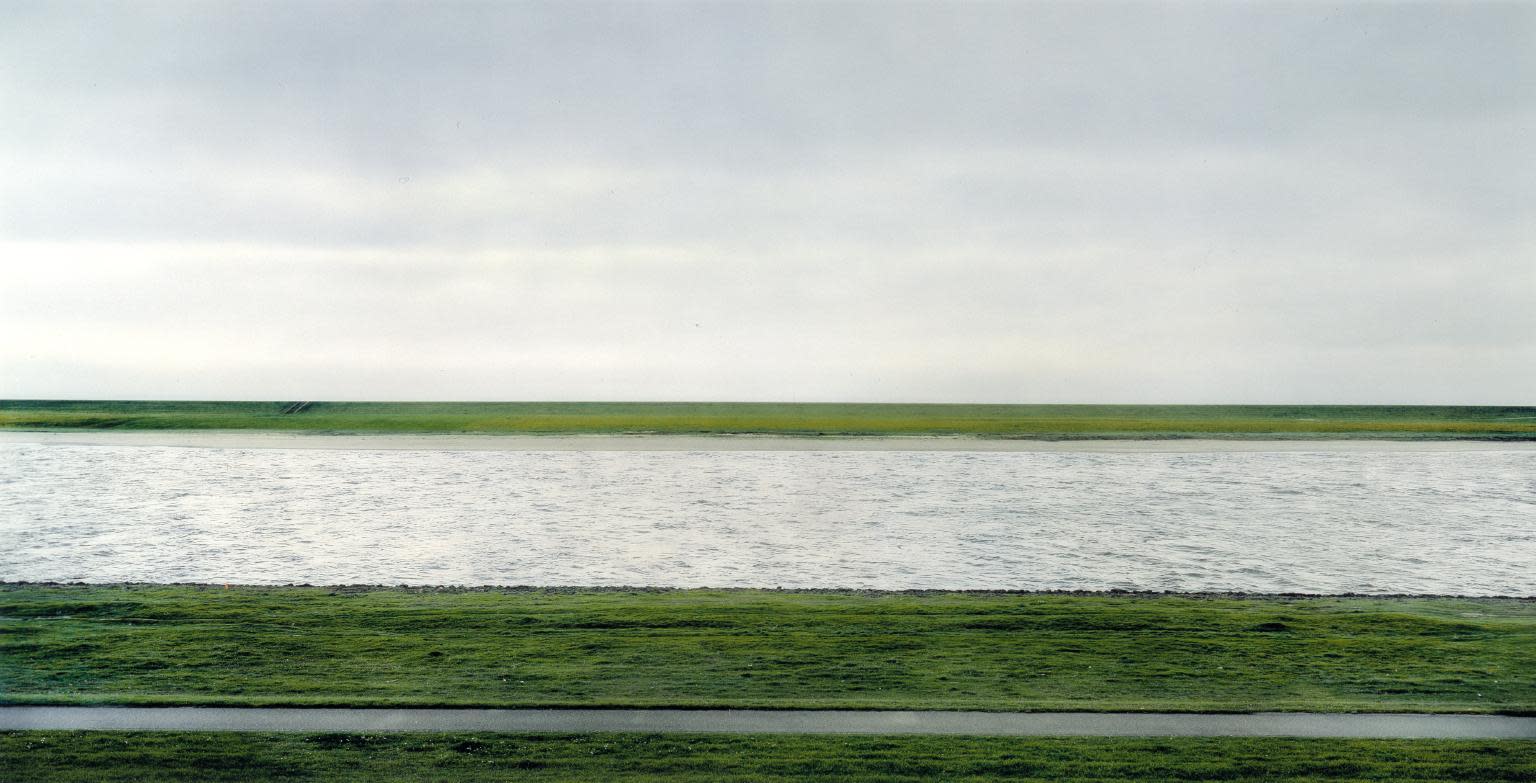
For instance, photographer Andreas Gursky has eight photos on a list of the 25 most expensive photos ever sold, including the top slot, and only 6 thousand Instagram followers. In 1999, Gursky sold “Rhein II”, a landscape photograph of the European river, for an unprecedented $4.3 million USD. Understanding the interplay between artistic merit, the market value of photography, and the popularity of specific kinds of images is just as elusive as the definition of good art in general.
Landscapes might also be especially disposed to excel in the Instagram world in part because shooting beautiful landscapes is more accessible than shooting powerful candid photos of people. By and large, to capture a stunning landscape you just have to get yourself there with the right equipment and shoot in good conditions. Catching something incredible in motion—an interaction, that moment of indecision on a person’s face, or a freak occurrence—takes much more patience, repetition, and luck. In that sense, you can more easily post large quantities of likeable landscapes on Instagram than you can once-in-a-lifetime moments.
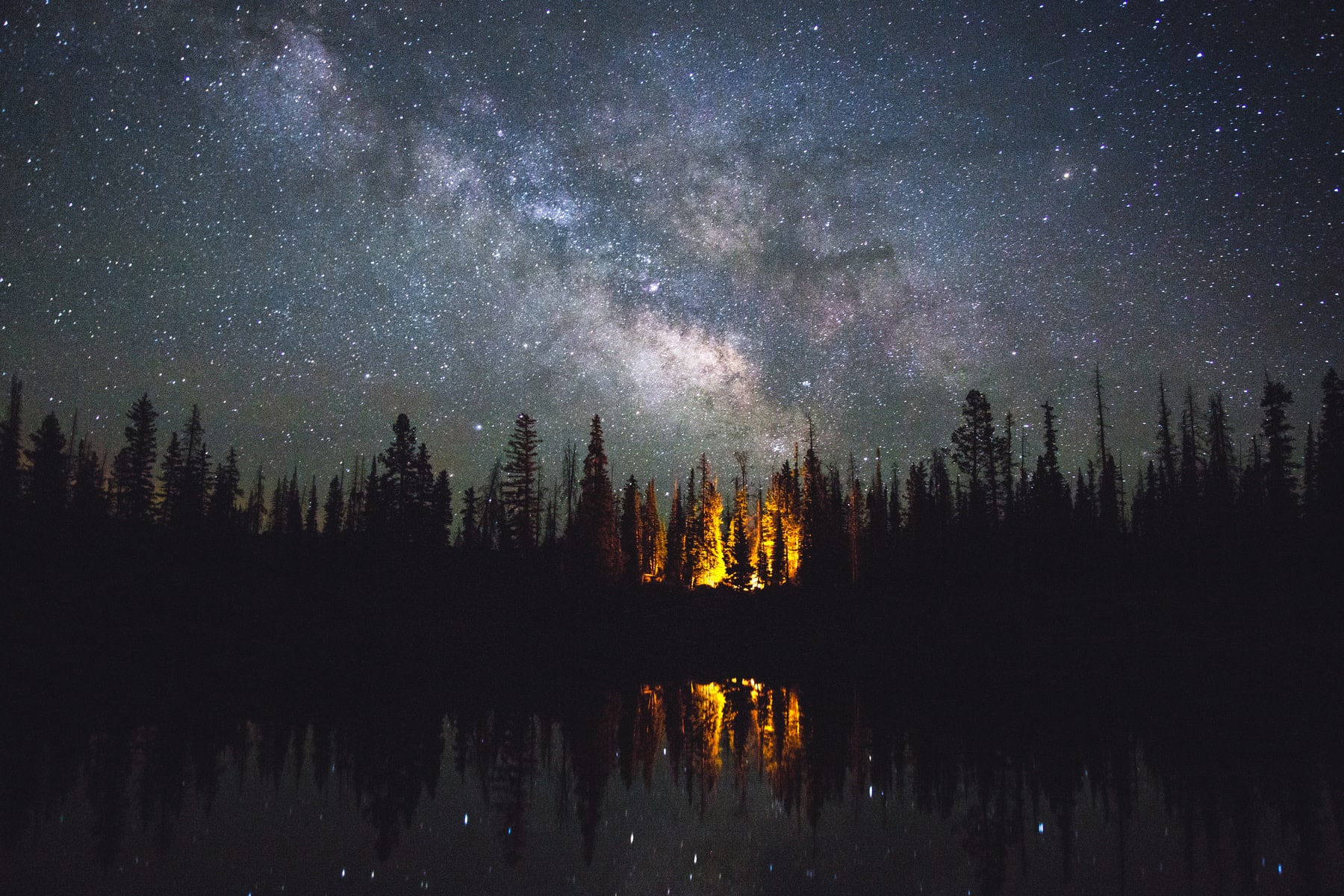
Photo by Logan Davidson @logandavidson
Landscapes might also be especially disposed to excel in the Instagram world in part because shooting beautiful landscapes is more accessible than shooting powerful candid photos of people.
Posting often is central to gaining a large Instagram following. You could make the argument that Gursky’s lack of Instagram popularity is due to the fact that he’s only made 42 posts whereas many 100k plus accounts have upwards of a thousand posts. Being able to shoot diverse landscapes frequently helps attract followers by offering them fresh beauty every day.
We really don’t know what makes people prefer certain artworks over others, and this makes figuring out how to be an Instagram hit a murky process. Some photographs, paintings, and books are popular and praised, and some are forgotten—academics and critics the world over are spending their entire careers debating why. It’s clear that we have a particularly strong reaction to landscapes, and our fascination with their beauty is evident in everything from social media, to advertising, to museums, to postcards. I think it’s safe to say that upping the amount of awe-inspiring landscapes on your Instagram isn’t going to detract from your followability. It just might give you the boost you need to propel your work into that next tier of exposure.
Want to learn more about Instagram photography?
Free 40+ PDF guide “Instagram to Creatives”
How to Get 20k Instagram Followers
Who Does The New York Times Follow on Instagram?
Header image by Logan Davidson
